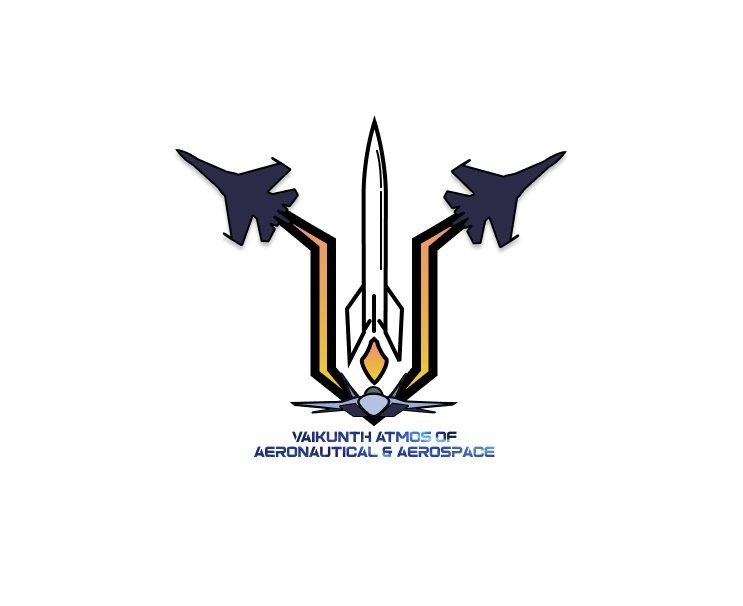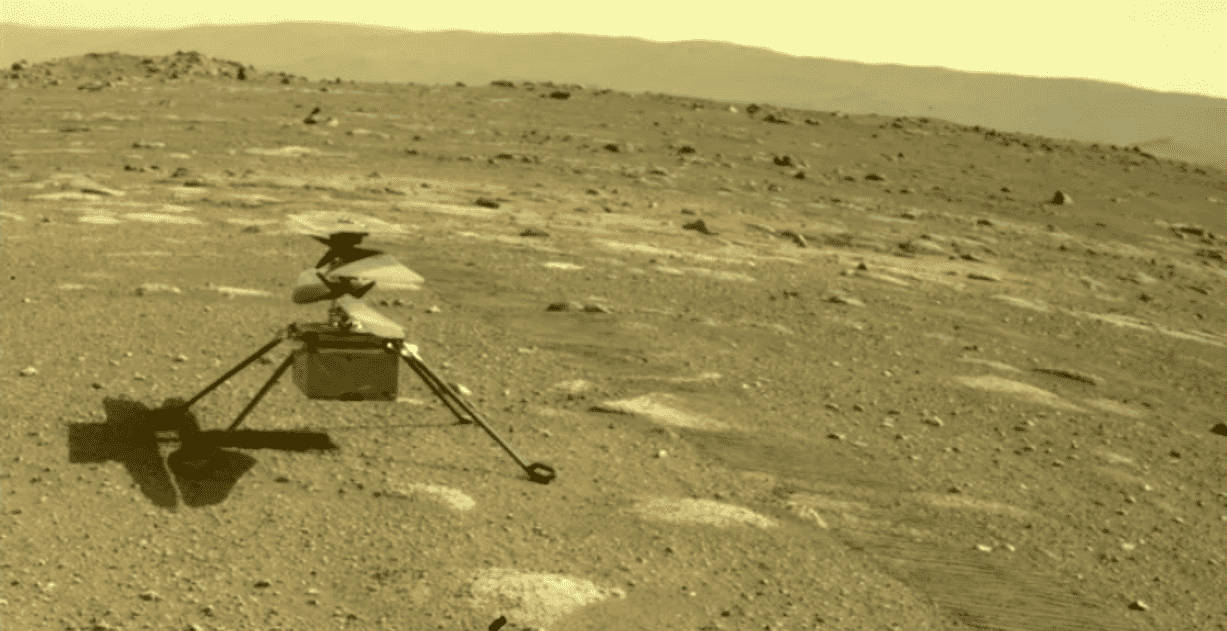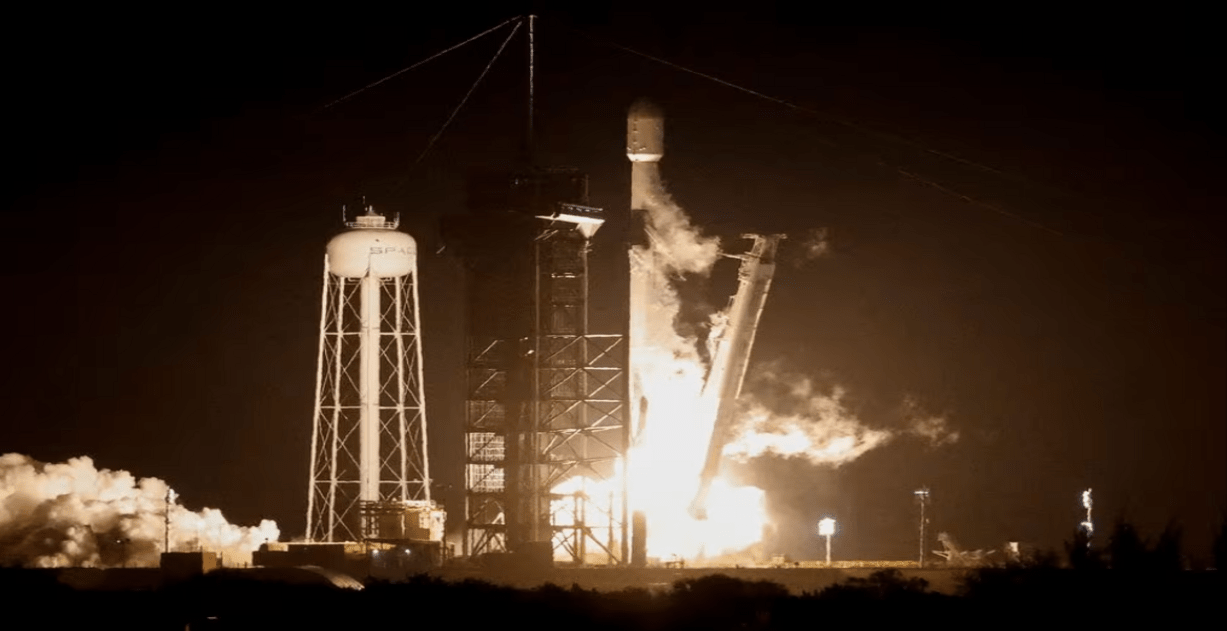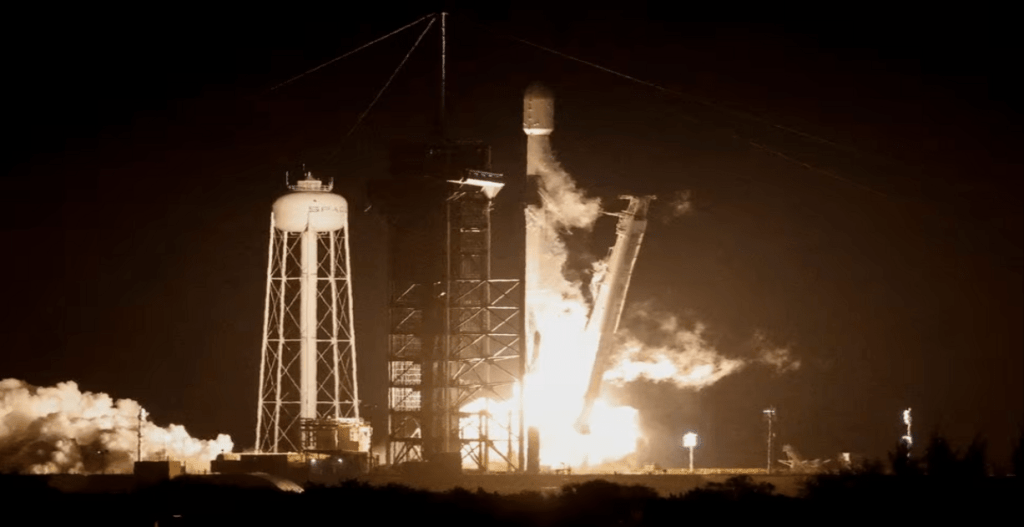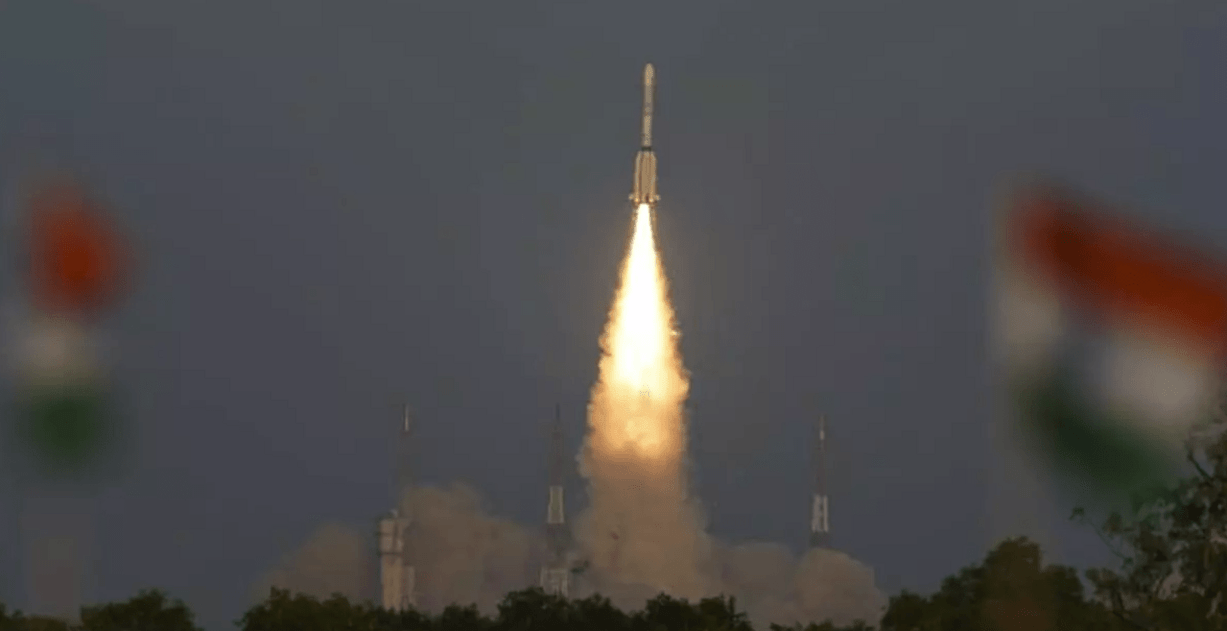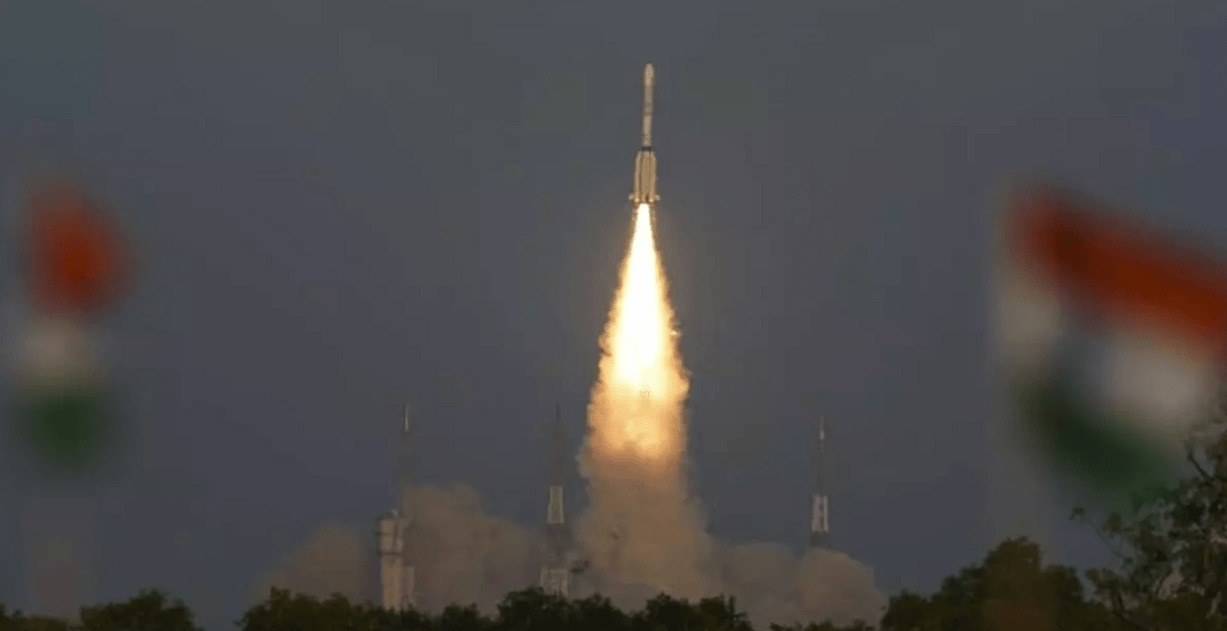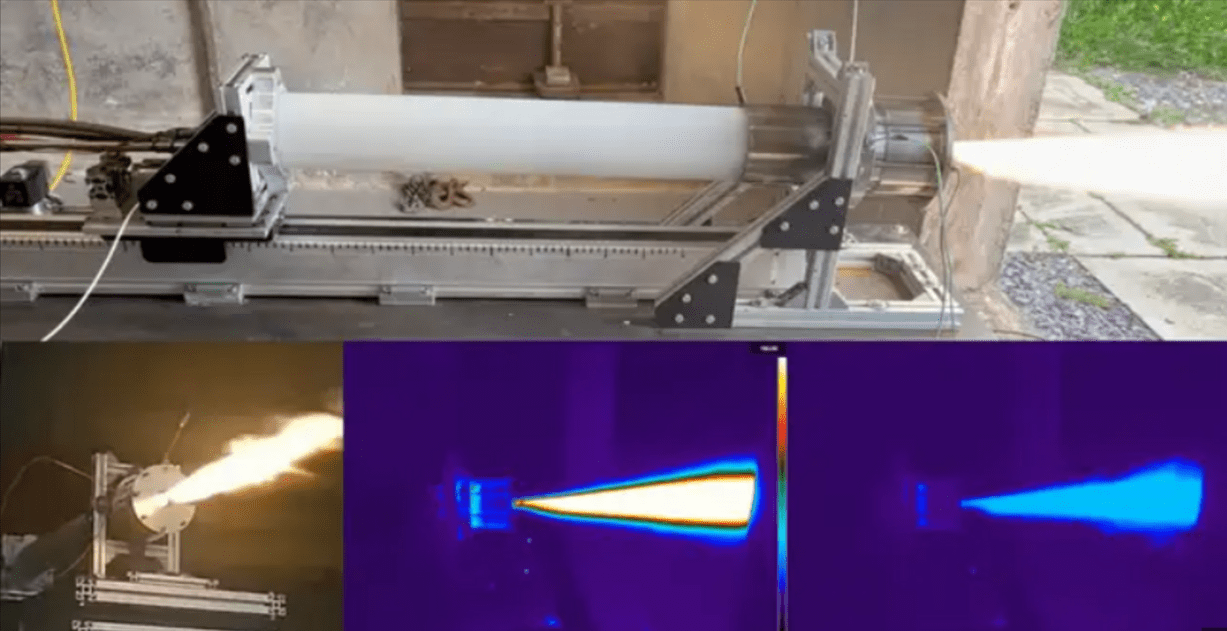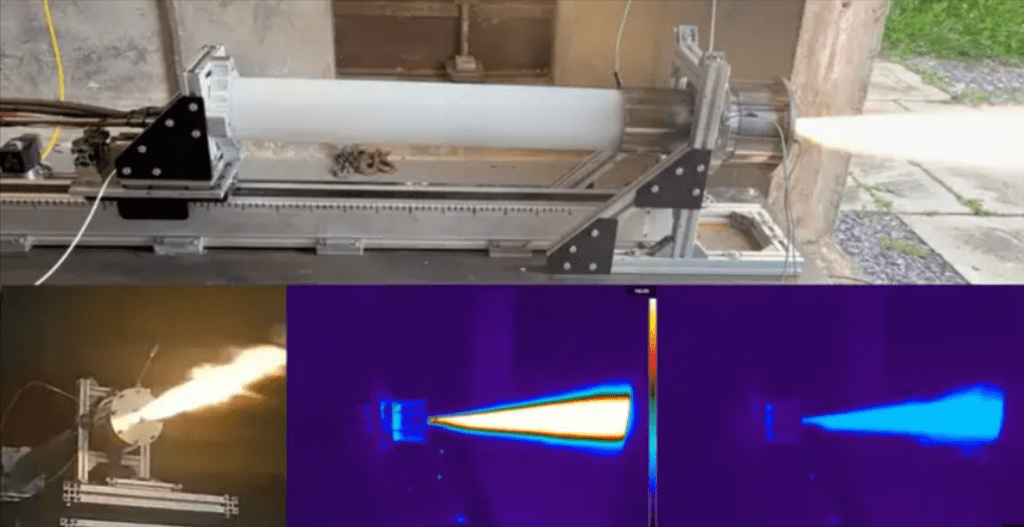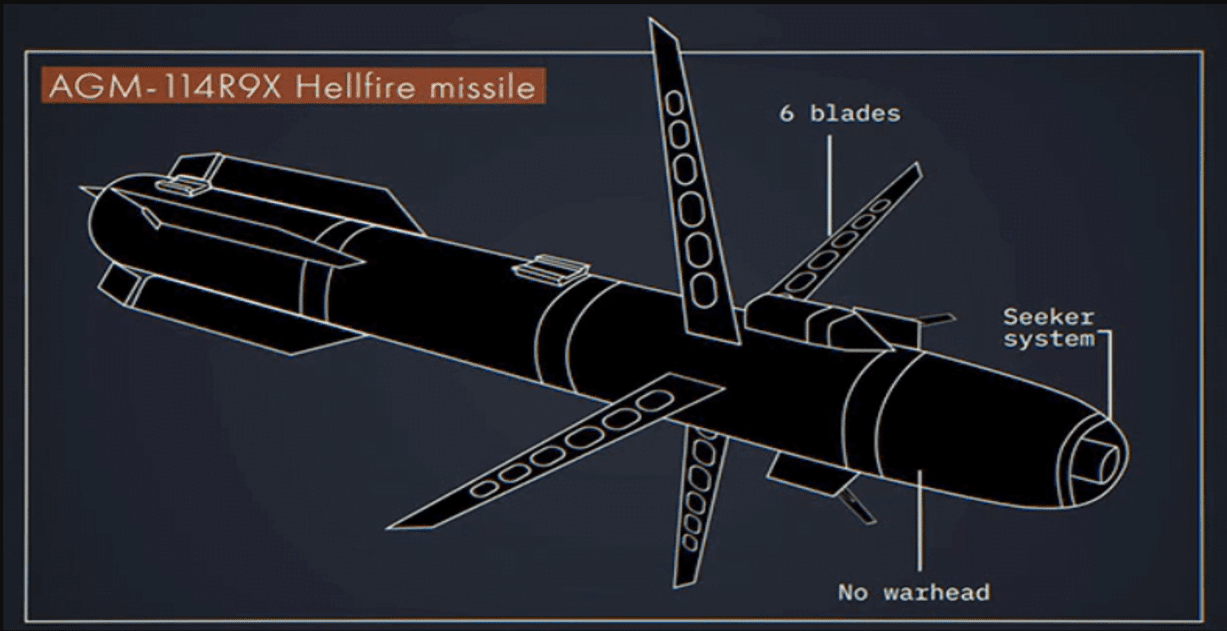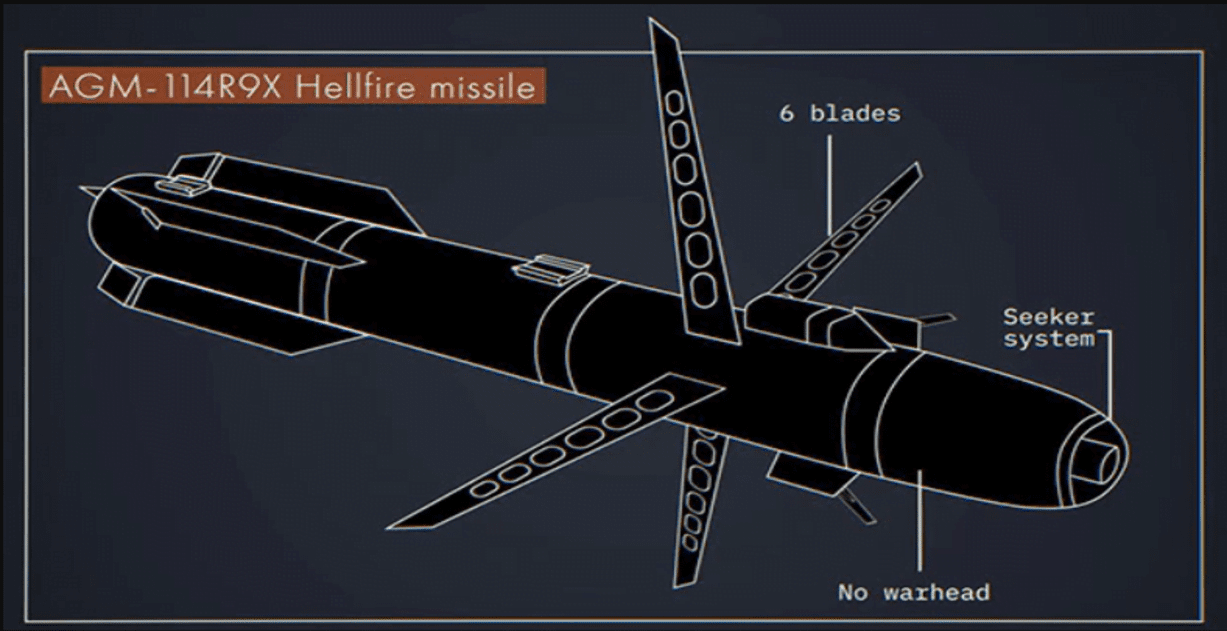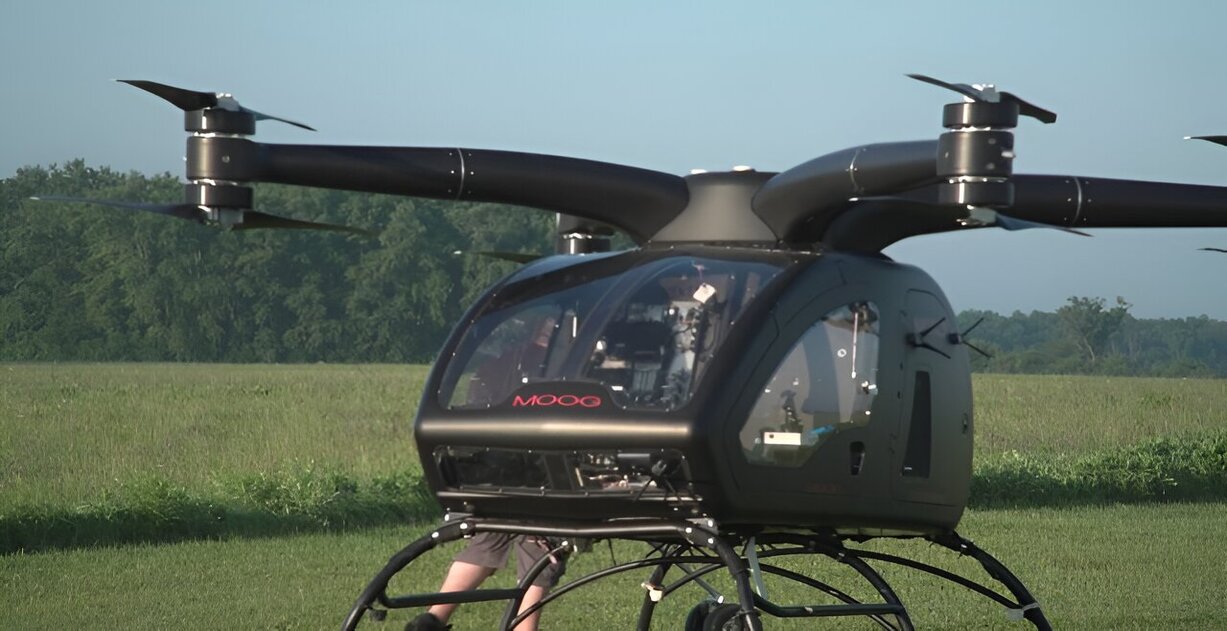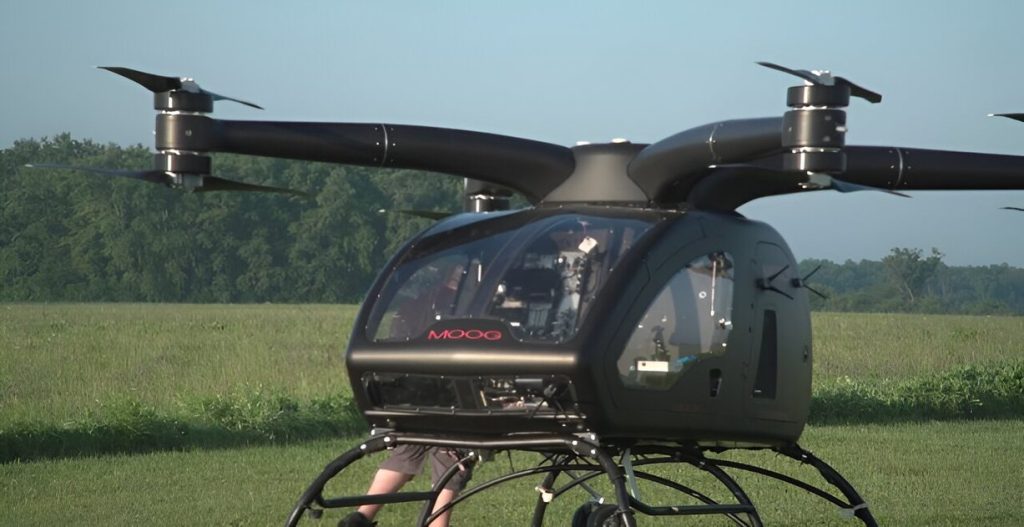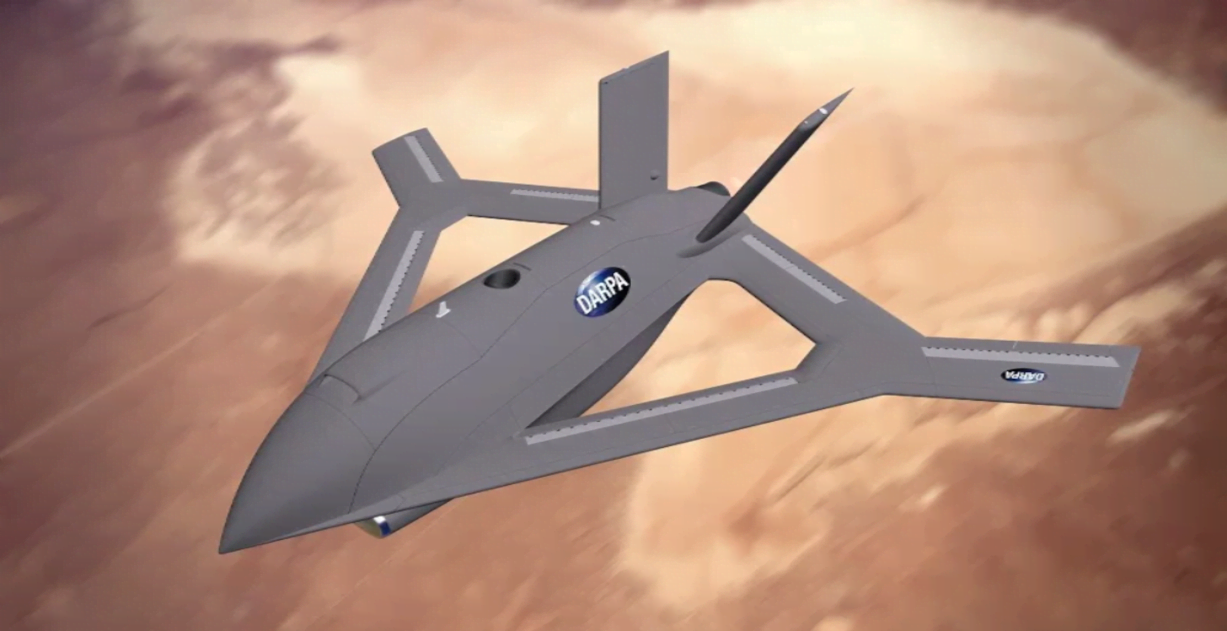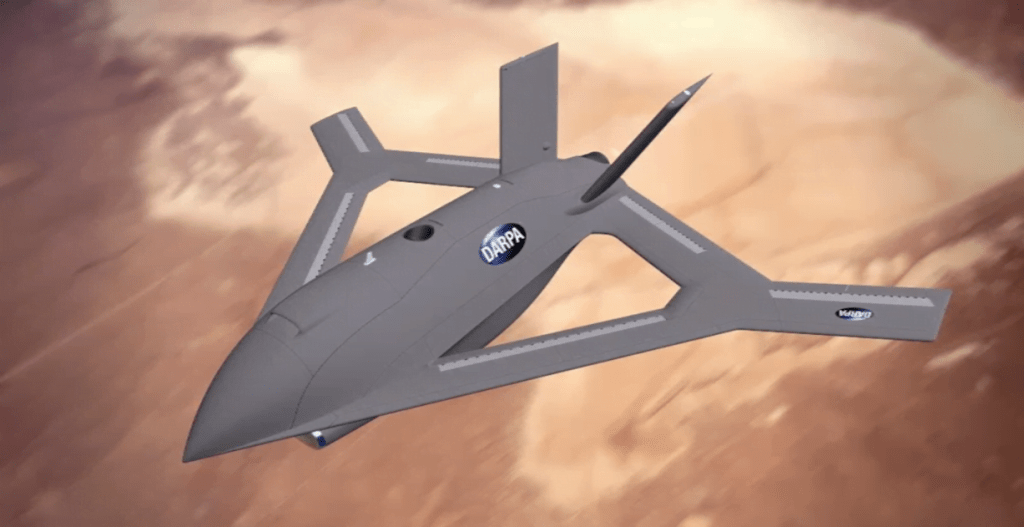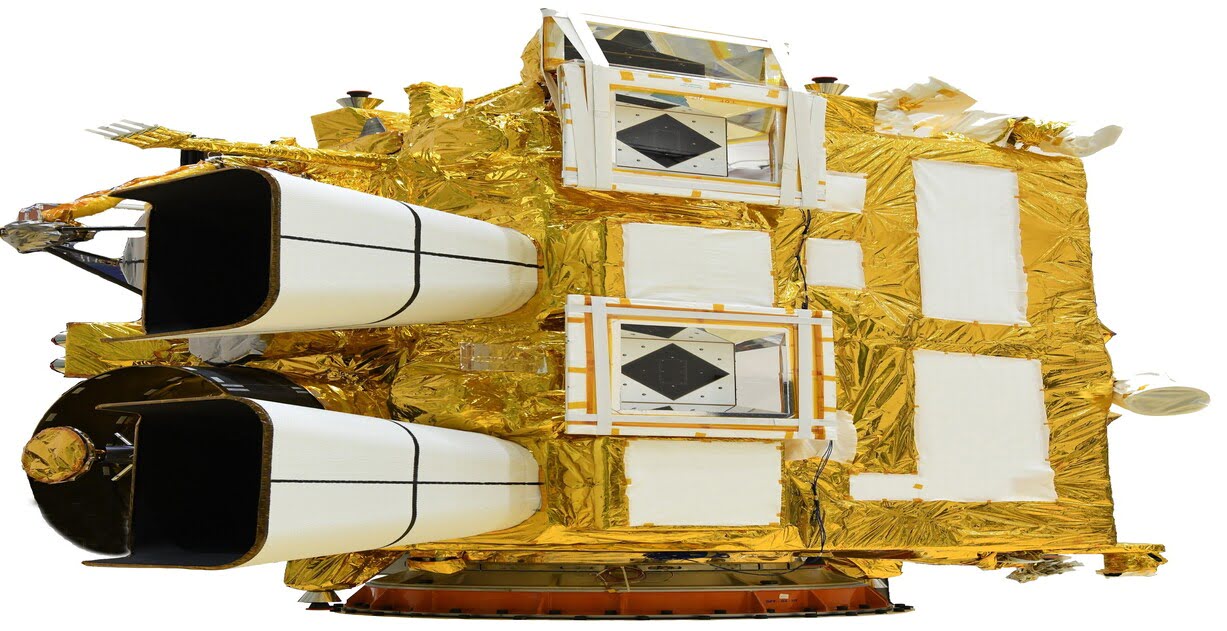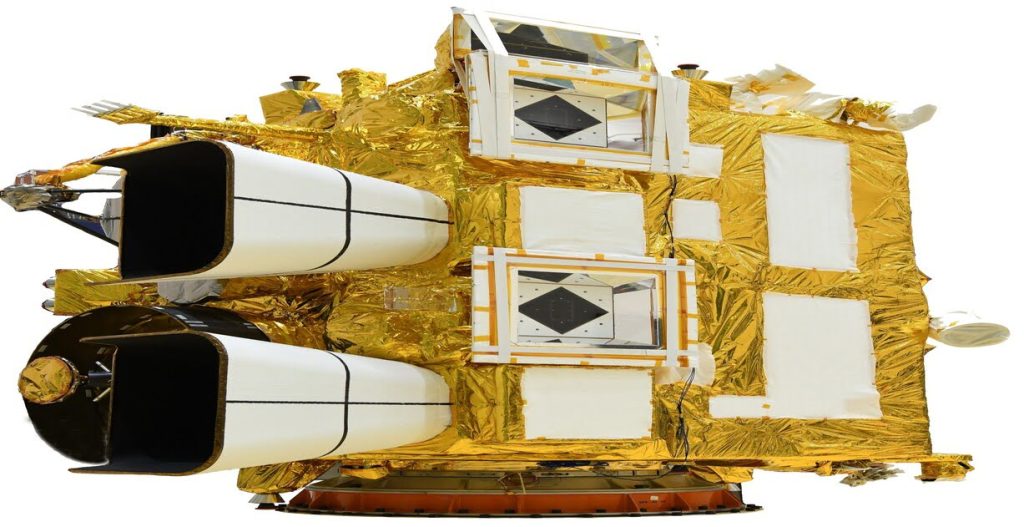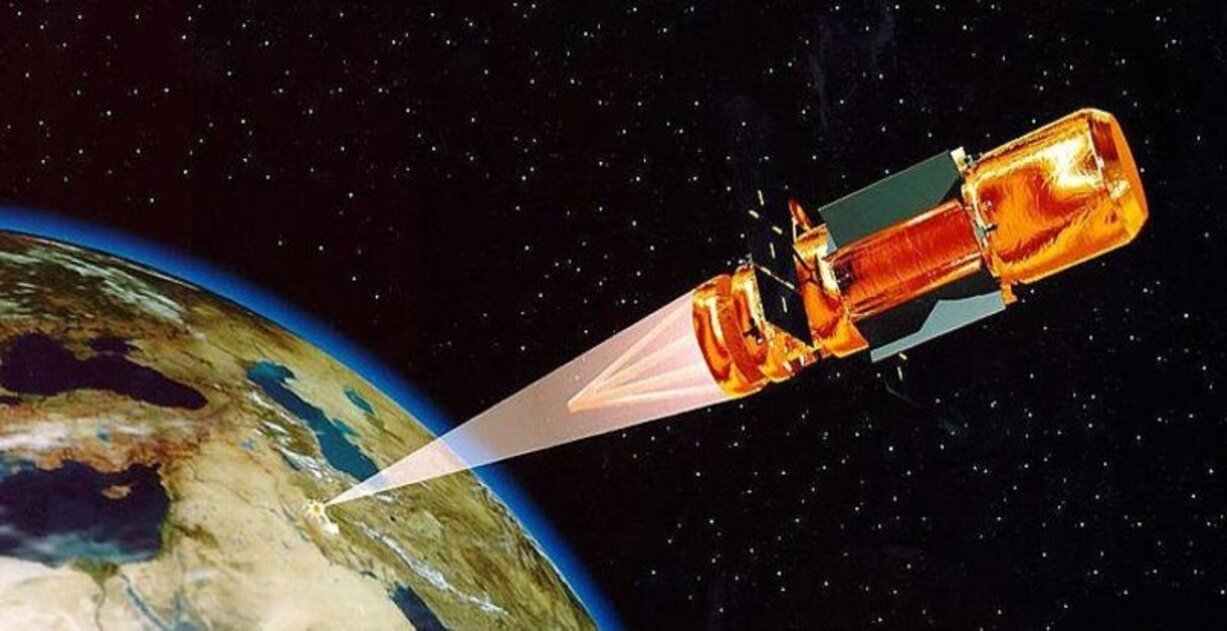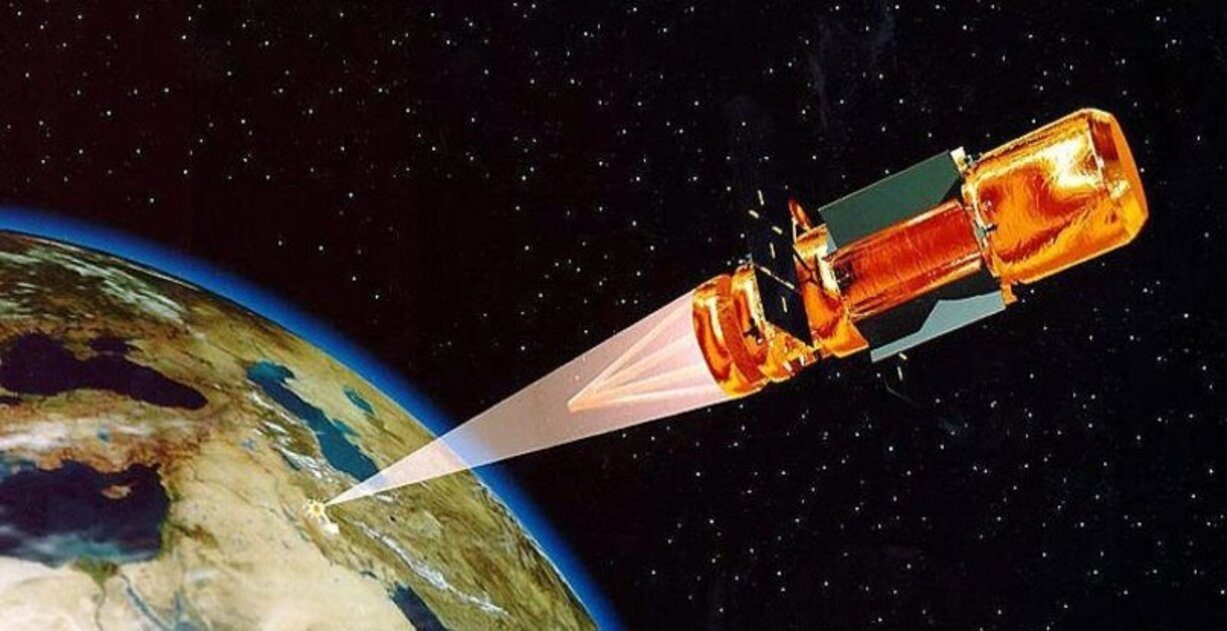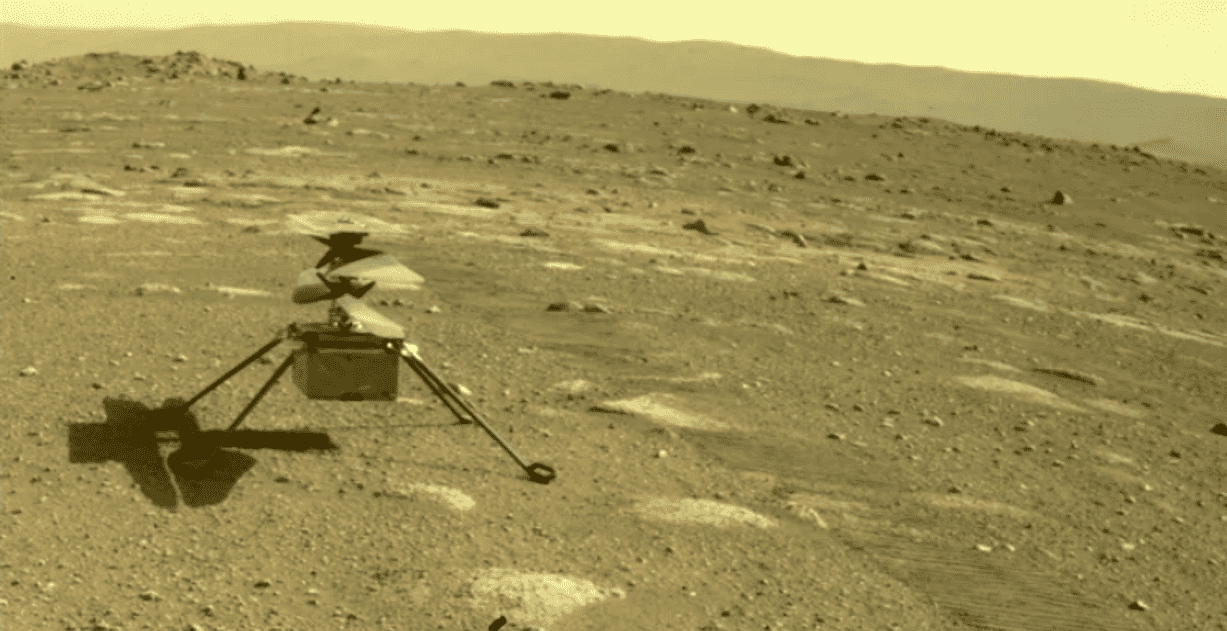
India’s upcoming Mars mission is set to take inspiration from NASA’s Ingenuity drone by including a helicopter in its plans. The Indian Space Research Organisation (ISRO) is currently developing this concept, with the aim of launching it alongside an Indian Mars lander in the early 2030s.
India’s first mission to Mars, known as the Mars Orbiter Mission (MOM) or “Mangalyaan,” successfully entered orbit around the Red Planet in September 2014, following its launch in November 2013. The spacecraft conducted scientific research in Mars’ orbit for eight years until contact with Earth was lost in 2022.
ISRO’s upcoming Mars mission is expected to be even more ambitious. Jayadev Pradeep, a scientist from the Space Physics Laboratory at the Vikram Sarabhai Space Centre, revealed during a recent webinar that the mission will feature a helicopter designed for Mars landings. This helicopter will carry a range of scientific instruments for aerial exploration of the planet, as reported by India Today.
The planned scientific payloads for the drone include sensors to measure temperature, humidity, pressure, wind speed, electric fields, as well as trace species and dust distribution in the Martian atmosphere. The helicopter will be capable of flying up to 328 feet (100 meters) above the Martian surface, allowing for detailed profiling of the planet’s atmosphere. In comparison, NASA’s Ingenuity drone reached altitudes of up to 79 feet (24 meters) during its flights and covered a horizontal distance of 10.5 miles (17 kilometers) over its impressive operational period.
Ingenuity made history by successfully landing on Mars’ Jezero Crater alongside NASA’s Perseverance rover in February 2021. It not only demonstrated the possibility of flight in the thin Martian atmosphere but also exceeded all expectations. Initially planned for five technology-demonstrating flights, this 4-pound (1.8 kilograms) chopper completed a remarkable 72 sorties on Mars before concluding its mission.
